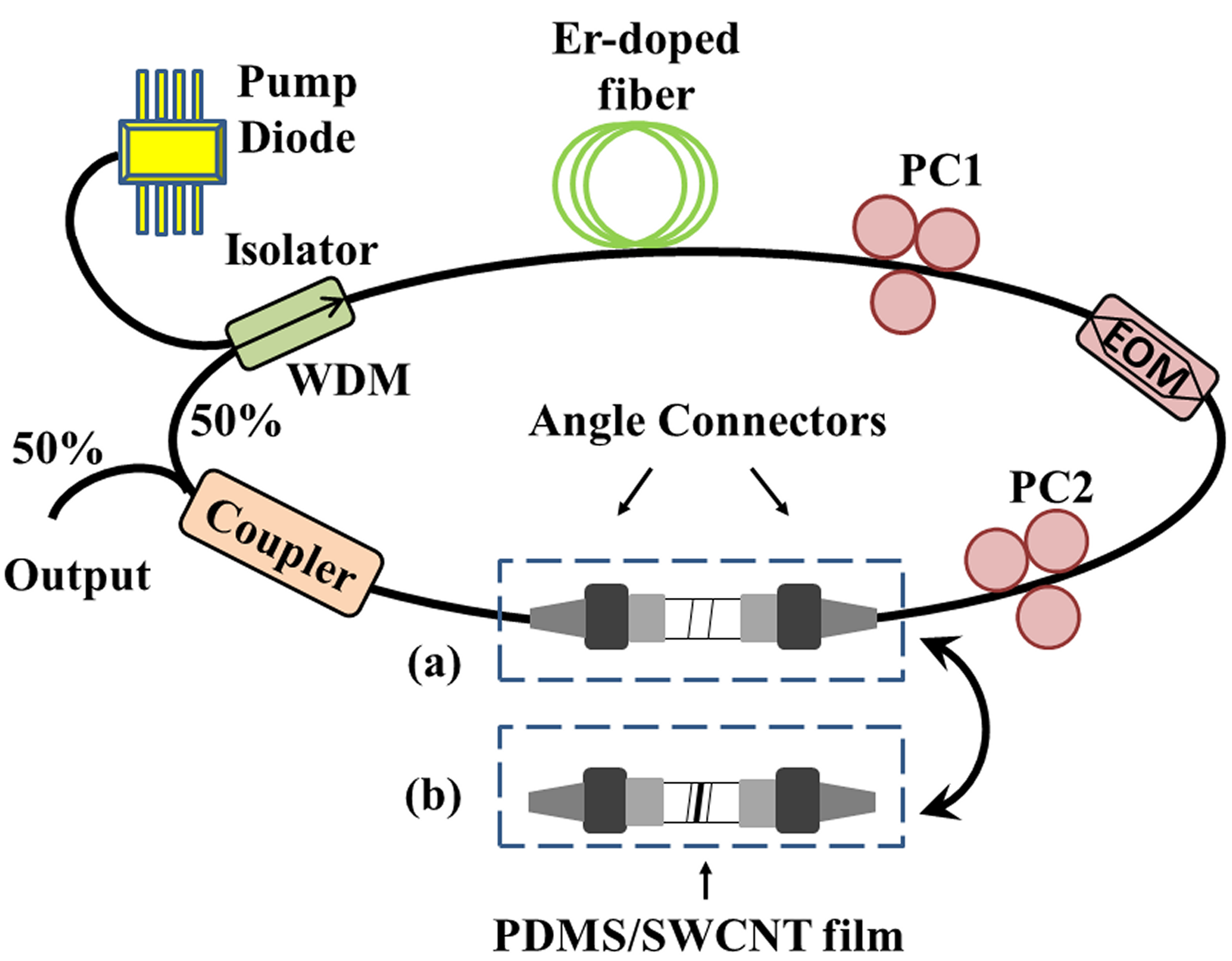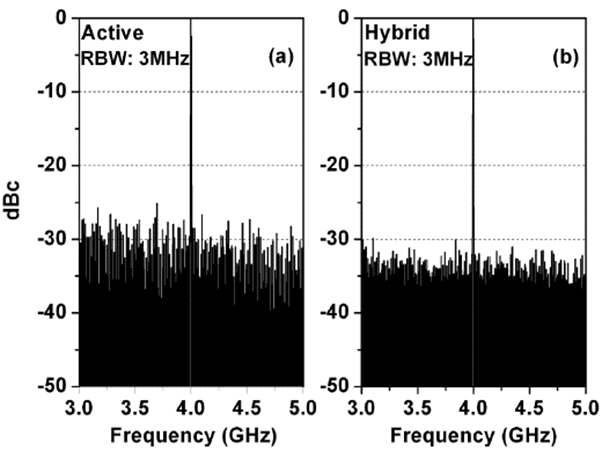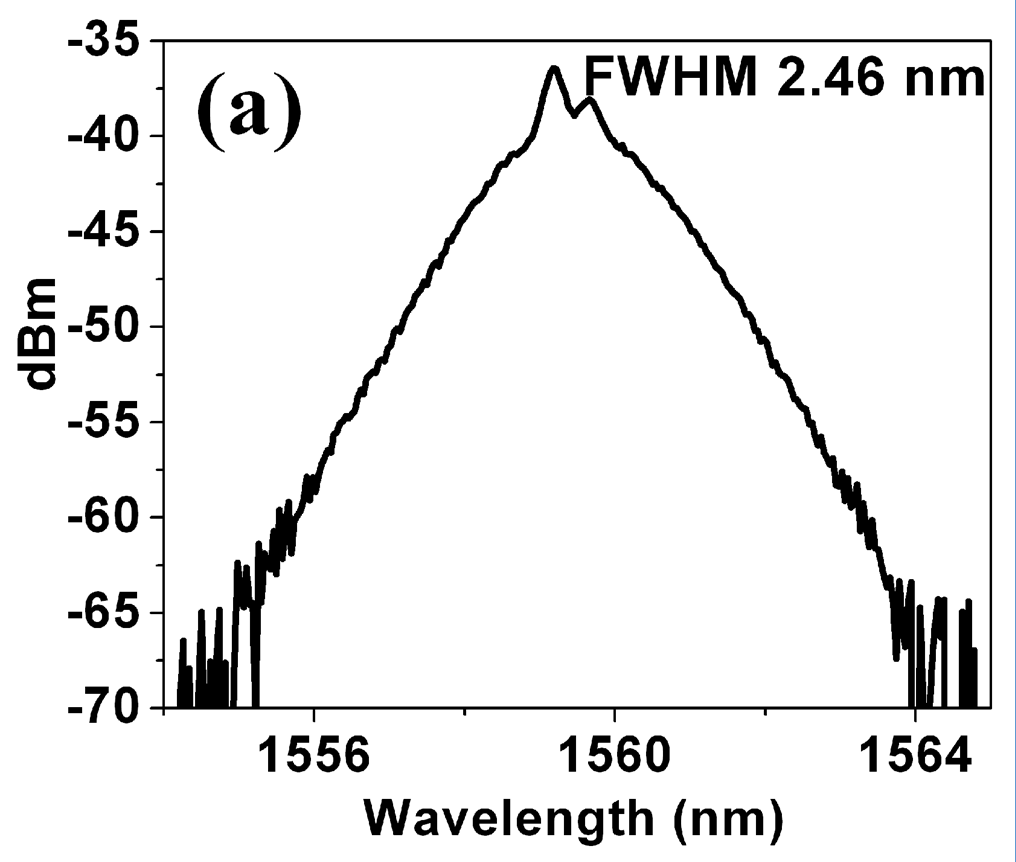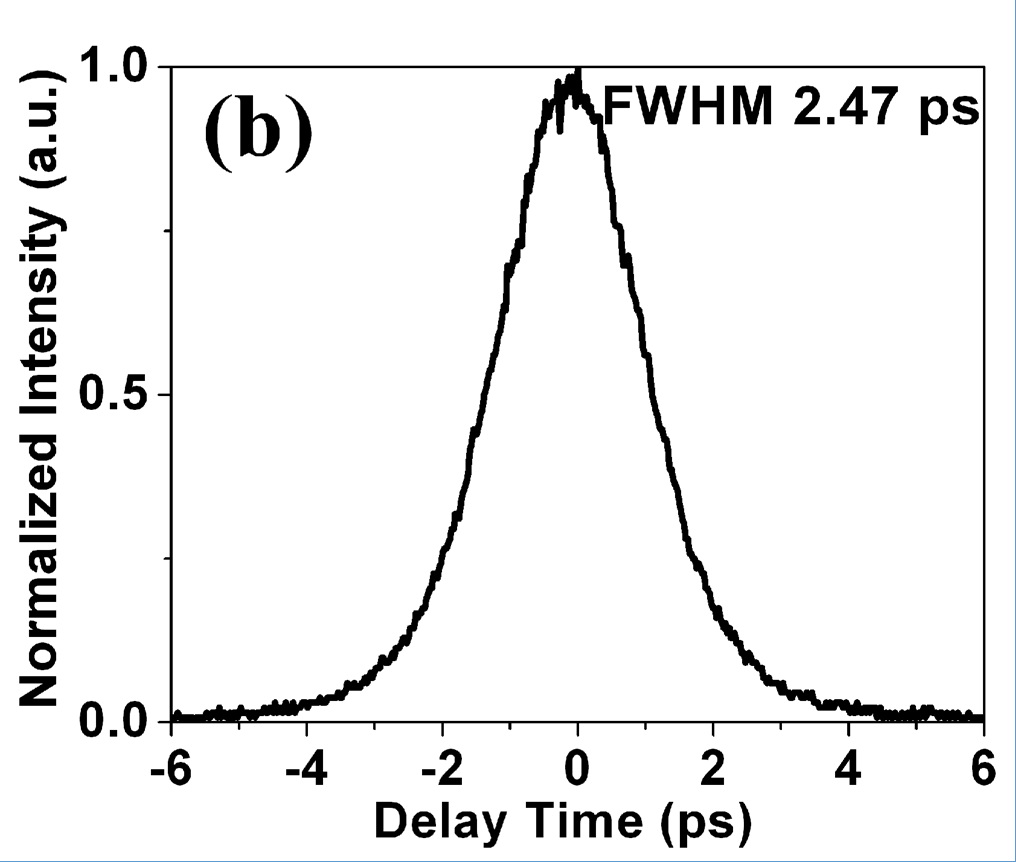Mode Locked Sensors
The production of pulses of radiation only femtoseconds long, often consisting of merely a few oscillations and typically at extremely high intensity, has become almost a commonplace activity in hundreds of small- and medium-sized research laboratories around the world. Relatively inexpensive, compact tabletop laser systems are now generating pulses that are shorter and more intense than those generated only at the largest government laboratories just a few years ago. And just as the world of computing was transformed two decades ago with the advent of personal computers, the small but extremely powerful ultrashort-pulse laser systems are beginning to make an impact in a great many research fields. These areas range from the study of biochemical reactions, to fundamental studies of the laws of quantum mechanics, to explorations of strange phenomena such as superluminal velocities, which appear to be greater than the speed of light in a vacuum. Beyond these areas of active work, ultrashort pulses are finding potential applications in biomedicine, where short pulse times minimize heating of adjacent tissues and could allow more precise microsurgery; in micromachining; and in optical spectroscopy.
Among the different methods available to generate ultrashort pulses passive mode-locking is the preferred mechanism since it favors the generation of the shortest pulses. We have developed novel polymer/SWCNT composites to generate all-fiber mode locked fiber lasers.




Hybrid mode loked fiber laser achiving repetition rates of 4 GHz (limited by equipment).
Related Publications:
- I. Hernandez-Romano, J. Davila-Rodriguez, D. Mandridis, J. J. Sanchez-Mondragon, D. A. May-Arrioja, and P. J. Delfyett, "Hybrid Mode Locked Fiber Laser Using PDMS/SWCNT Composite Operating at 4 GHz", Journal of Lighwave Technology, vol. 29, no. 21, pp. 3237-3242, Septiembre 2011.
- I. Hernandez-Romano, D. Mandridis, D. A. May-Arrioja, J. J. Sanchez-Mondragon, and P. J. Delfyett, "Mode-Locked Fiber Laser using an SU8/SWCNT Saturable Absorber", Optics Letters, vol. 36, no. 11, pp. 2122-2124, Junio 2011.
